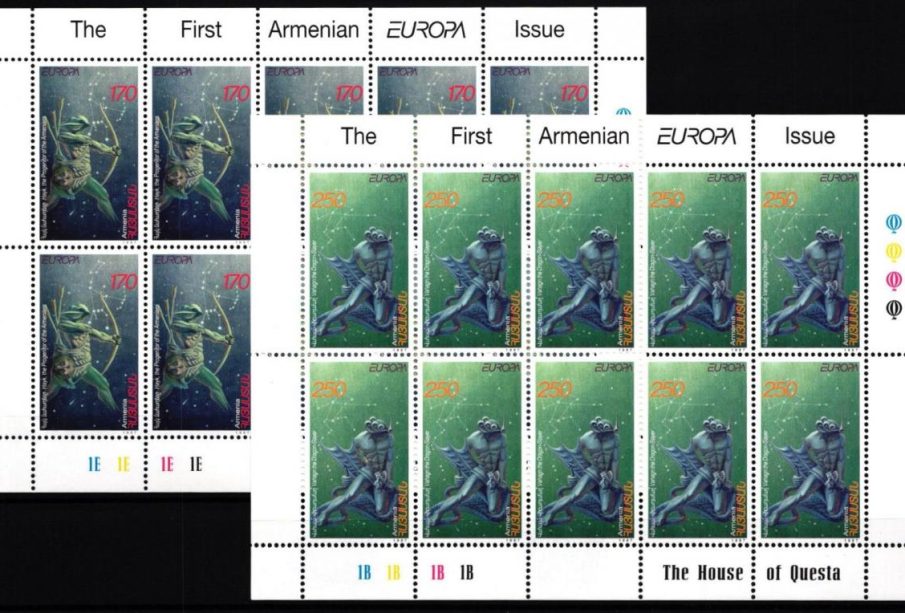Understanding Armenia: Heritage and Contemporary Developments

Introduction
Armenia, often referred to as the first nation to adopt Christianity, holds a rich cultural and historical significance within the Caucasus region. Its unique heritage, vibrant traditions, and ongoing advancements in various sectors make Armenia a noteworthy subject of interest in today’s global landscape. As the country continues to evolve, understanding its past and present is essential for grasping its role in the modern world.
Cultural Heritage and Historical Context
Located at the crossroads of Europe and Asia, Armenia is home to numerous cultural landmarks, including ancient monasteries and churches that date back to the early Christian era. The UNESCO World Heritage sites, such as the monasteries of Haghpat and Sanahin, showcase the architectural ingenuity of the Armenian people. Additionally, the Armenian Genocide, which occurred during World War I, remains a critical historical event that shapes the national identity and collective memory of the Armenian people.
Contemporary Developments
In recent years, Armenia has witnessed significant developments in various sectors, particularly in technology and innovation. The country’s burgeoning tech ecosystem, often referred to as the ‘Silicon Valley of the Caucasus’, has attracted attention from global investors. According to recent reports, Armenia’s IT sector has grown substantially, contributing around $500 million to the national economy in 2022. Initiatives aimed at fostering entrepreneurship, such as the Armenia Startup Academy, have also been established to support young innovators.
Moreover, Armenia’s geopolitical position has garnered interest from international powers, influencing economic and diplomatic relations. The recent peace negotiations and a push for stability within the region have illuminated Armenia’s potential as a player in regional affairs.
Conclusion
As Armenia continues to navigate its path towards modernization while preserving its rich cultural identity, it remains a focal point of intrigue for historians, economists, and casual observers alike. The country’s efforts to harness its technological prowess, coupled with its historical significance, offer an interesting perspective on the interplay between tradition and innovation. Moving forward, Armenia’s ability to strengthen its international relations and sustain economic growth will be vital for its role in both regional and global contexts.








